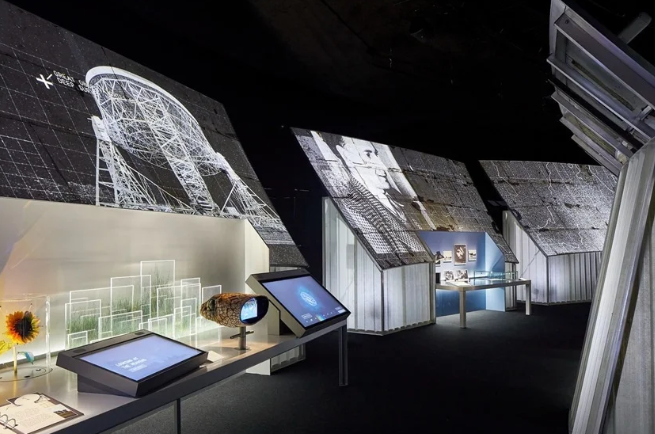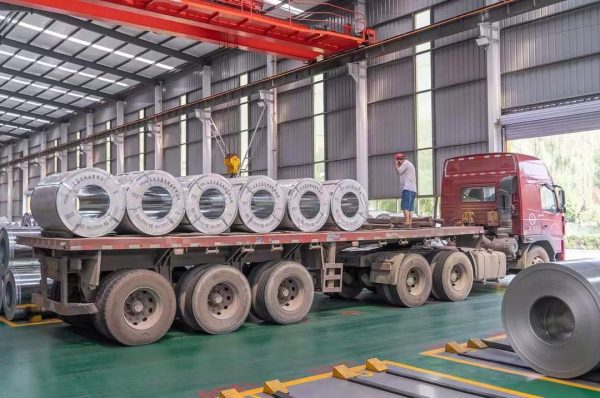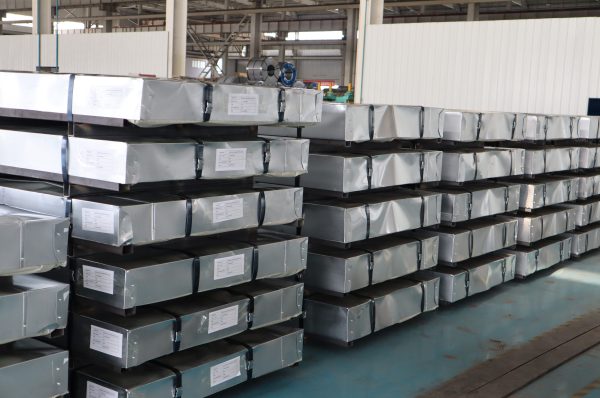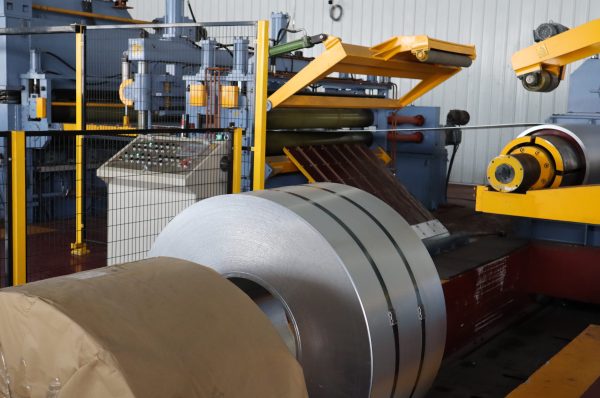There are many instances where hot-dip galvanized coatings will have to be painted. Although well-established quality assurance processes are available for painting hot-dip galvanized parts in a controlled environment, it is a usual requirement to apply paint coatings on site.
Surface Condition
To begin with, when a steel product is a hot-dip galvanized, its surface is not oxidized and does not include any contamination, and is in great condition for coating. It is also very sensitive to oxidation, particularly when exposed to moisture in the atmosphere.
Most galvanizers quench the work in a solution of weak sodium dichromate to passivate the surface. In time, this chromate passivation film wears away and is replaced by a complex carbonate oxide film. This dynamic set of surface conditions must be considered every time galvanized steel is painted.
Surface contamination can also occur that will obstruct paint adhesion. A typical source of surface contamination is diesel fumes that are very challenging to detect as the galvanized coating may still appear to be clean and bright.
In circumstances where close observation of surface conditions is not possible, the ideal option to ensure a high-quality paint application is to brush or sweep blast the galvanized surface directly before painting. However, a number of paint contractors have not fully understood this technique, and the hot-dip galvanized coating can be seriously deformed if an inappropriate method is used.
Abrasive Blasting
The following specification is suggested when hot-dip galvanized surfaces are exposed to abrasive blasting prior to painting. Adherence to this specification will guarantee that only 10 µm of zinc is removed from the galvanized coating during the blasting process, and that the coating is not impacted by the cracking of the alloy layers through high impact energy of the blast media.
Brush or Sweep Blasting Processes for Preparing Hot-Dip Galvanizing for Painting
- Abrasive type: Clean garnet or ilmenite
- Abrasive grade: 0.2–0.5 mm
- Maximum pressure of blast nozzle: 50 psi (350 kPa)
- Blasting angle to the surface: 45°
- Nozzle type: 12 mm minimum diameter venturi type
- The distance of nozzle from the surface: 400–500 mm
The reason for this blasting process is to remove oxide films and surface contaminants from the surface. It is not to develop a profile similar to that desired on bare steel. Also, the brush blasting of the moderately soft zinc will automatically produce a fine profile, adding a satin finish to the clean surface.
Inexperienced Operators
In the case of inexperienced operators, a test section should be checked by defining the thickness of the coating pre and post blasting, with a certified magnetic thickness gauge. A 5- to 10-µm reduction in the thickness of the galvanized coating specifies a satisfactory technique. However, the elimination of more than 10 µm of the coating specifies an unsatisfactory technique.
Other Surface Finishes
The coating on reactive steel may already have a matte or satin grey finish, representing the existence of layers of the zinc-iron alloy at the surface. This surface, in turn, specifies a thicker-than-normal galvanized coating.
The micro-roughness of the alloy layers already provides a superior mechanical key for appropriate paint, and only very light brush blasting is required on these kinds of galvanized coatings.
In contrast to shiny coatings, grey galvanized coatings are more vulnerable to mechanical damage, and should be treated by keeping this factor in mind.
If you have any questions of steel, pls contact susiefu@bjcxsteel.com/+86 182 3532 5348.




